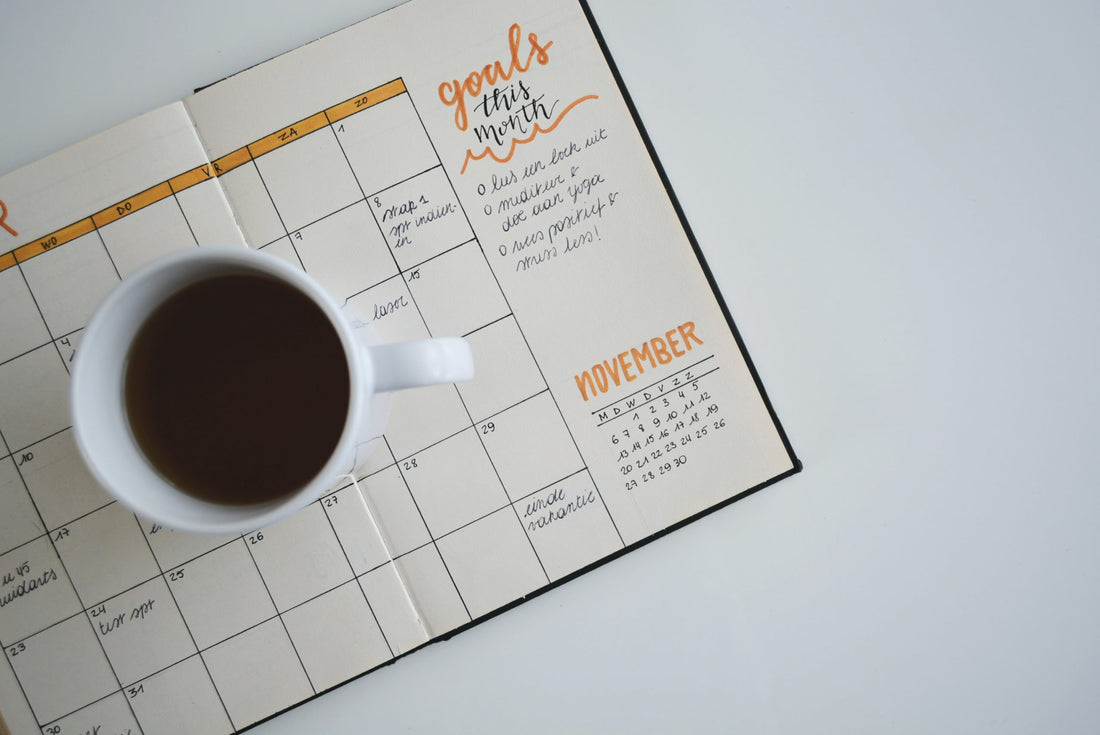
How To Use Behavioural Science To Stick To Your 2022 Goals
Share
If your 2021 was anything like ours, it included a new set of deeply ingrained habits, some, not so healthy. Last year, Aussies reported eating more junk food, exercising less and gambling more. As we look forward to (a somewhat hopefully normal) year, it’s worthwhile to take a look at what scientists have learned about creating good habits and breaking bad ones.
Most of our behaviour is automatic. We rely on fast, short, intuitive thinking to conserve cognitive energy and get through our day without overbearing stress. This is called our “System 1” way of thinking and it’s where all our habitual behaviour takes place.
Where our more deliberate and conscious behaviour takes place is called our ‘System 2’ way of thinking. It involves self-awareness, control, and effort. Think learning a new instrument or starting a new workout routine. It’s a system we need if we are attempting to build a new habit, but it takes work.
Our brains love our System 1 way of thinking. They’re shortcuts and there’s no shame in a good timesaver! The goal here is to use tips and tricks to move a behaviour that might currently be in the System 2 way of thinking, over into the System 1, where it’s as habitual and easy as brushing your teeth.
So, what do we know about habits? For one, they’re triggered cues in our surrounding environment. We hear an alarm, we automatically know that it’s time to get out of bed. Or, when we hear that coffee grinding, it’s time to reach for our favourite mug. We see those golden arches? It’s time for a Big Mac. More often than not, habits offer a reward. That McDonalds sign means a burger is near, and that first bite leads to a massive dopamine rush.
But what happens if that reward isn’t as immediate as that instant dopamine rush to the head? What if it’s a habit such as exercising or healthy eating, where the benefits are hazy beyond our present bias? In the real world, the things that are instantly rewarding in our environment are often not the things that are going to help us reach our long-term goals.
The good news is, there is a ton of research dedicated to this very dilemma. Behavioural experts agree that the key to habitual behaviour change is organising the environment in a way that allows us to easily form good habits. To quote world renowned habit-hacker James Clear: “Your habits change depending on the room you are in and the cues that are in front of you”.
Now, let’s talk about setting up your environment for success.
Increase or Reduce Friction
Hack your environment to make undesirable behaviour simply harder to do.
Stanford psychologist F.G Foggs highlights in his book, ‘Tiny Habits’, that by designing for laziness, we can stop or reduce behavior. This could be as simple as moving junk food into hard-to-reach places or out of sight. Or, if you have a spending habit you want to break, make this process a little more annoying by only carrying cash around.
On the flip side, if we want habits to stick, don’t focus on building willpower or motivation, and instead try to simplify and make the behaviour easier to do. Want to eat healthier? Fill your fridge with pre-made vegetable snacks. Looking to run each morning? Place your workout clothes and shoes next to your bed ready to go when you wake up.
Contextual Cues and Timing
It’s easier to build habits if they’re built on an existing chain of events. For example, you could tie each Sunday morning with laundry. Make sure tasks are scheduled for consistent parts of your schedule, such as right after work, the first day of the month or every Sunday.
Goal achievement research shows this method of ‘implementations intentions’, is more effective than “motivational materials” or relying on participants’ willpower to stick to new habits. All you have to do is know in the future where and when you want to enact the desired behaviour.
